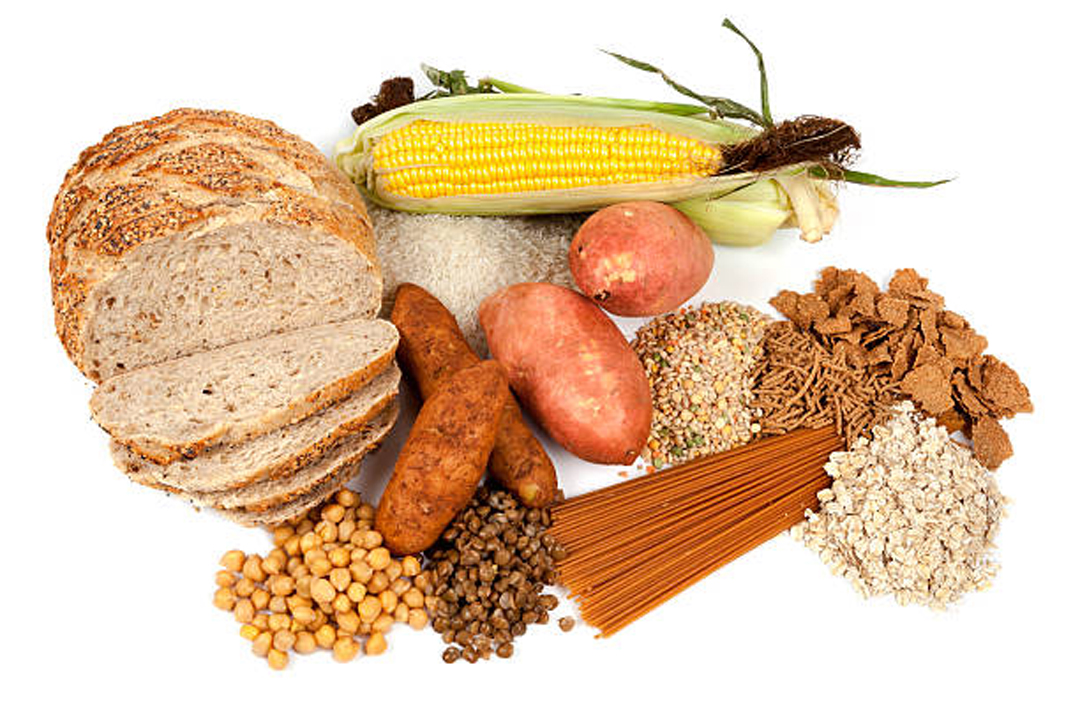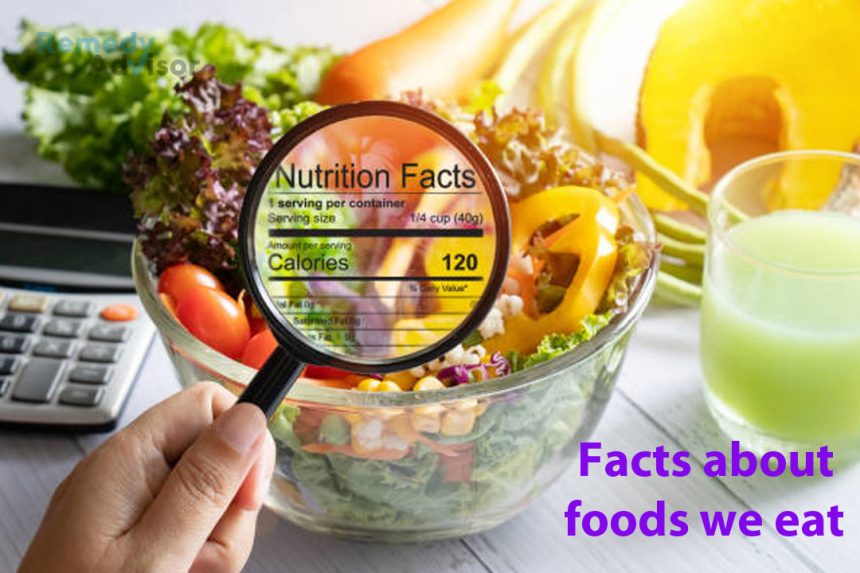Folk wisdom has long held that our moods are influenced by the food we eat. That belief is gaining support from scientific research.
Food-mood strategies can’t cure clinical depression or other serious psychological disorders. Such problems call for professional help. But they can be used to boost alertness at work increase your sense of relaxation at home and make it easier for you to tolerate life’s ups and downs.
Mood-altering foods aren’t unusual or hard to find. You don’t have to follow a long, complex regimen before seeing results. They are ordinary, everyday foods and in some cases, then effects are felt within as little as 30 minutes.
How food acts on our moods
Research suggests that food affects mood by altering the brain’s production of chemical messengers called neurotransmitters.
The neurotransmitters dopamine and norepinephrine have an energizing effect. When your brain is producing these chemicals, you’re alert, highly motivated and have fast reaction times.
The main building block of these “alertness chemicals” is the amino acid tyrosine. Eating protein which contains lots of tyrosine raises tyrosine levels in the brain. This, in turn, boosts synthesis of dopamine and norepinephrine. Result: Greater mental energy.
The neurotransmitter serotonin has a calming effect. Its presence in the brain boosts concentration relieves feelings of anxiety and at night or if you’re sleep-deprived makes you feel drowsy.
To make serotonin, your brain needs a supply of the amino acid tryptophan. Like tyrosine, tryptophan is found in proteins. But eating more protein won’t increase levels of tryptophan inside your brain. In fact, a high-protein diet depletes the brain’s tryptophan supply.
Reason: Tryptophan must “compete” with tyrosine and other, more plentiful amino acids to enter the brain. It tends to be “crowded out” by them when you eat protein.
To increase the brain’s supply of tryptophan, eat carbohydrates without protein. Doing so triggers the release of insulin, which shunts some of the amino acids from the blood to other organs. Tryptophan, however, is left behind in the blood. With less competition from other amino acids, it can easily enter the brain.
Basic food-mood prescription
Because tyrosine and tryptophan can be dangerous when taken in pill form, it’s best to use food to affect levels of these neurotransmitters.
Caution: The following principles are no substitute for eating a healthful, well-balanced diet. If you have diabetes, hypoglycemia or another diet-related condition, consults a doctor before changing your eating habits.
• For greater alertness, motivation and mental energy eat protein.
Just three to four ounces (less than half the size of a typical restaurant entree) is enough to get tyrosine to the brain so it can be used to make dopamine and norepinephrine.
Best sources of protein
Shellfish, fish, skinless chicken, lean beef, veal and egg whites. Because these foods are essentially pure protein with little or no fat or carbohydrates they work especially quickly.
Other good sources
Low-fat dairy products, dried legumes, tofu and other soy products. These contain carbohydrates but are low in fat.
Avoid
Fatty foods, such as pork, lamb, fatty cuts of beef, most hard cheeses and other whole milk products. High-fat foods divert blood from the brain to the digestive tract. They take a very long time to digest.
• To relax and focus eat carbohydrates
As little as one to one-and-one-half ounces is all most people need. Overweight people and women during the two or three days just prior to menstruation may need up to two-and-one half ounces. Eating the carbohydrate without protein is crucial.
Reason
Protein will boost levels of amino acids that compete with tyrosine for entry to the brain. Instead of feeling calmer, you’ll feel hyped-up. (If alertness is your goal, eating carbohydrates along with protein usually does not interfere with tyrosine’s energizing effect.)
Best sources of carbohydrates

Gumdrops, licorice, marshmallows, jam and other sweets grain-based foods such as bread, crackers, pasta, rice, popcorn and pretzels and starchy vegetables such as potatoes.
Fruits and non-starchy vegetables are not good materials for the brain’s serotonin factory. A healthful diet includes plenty of both, but these are not the foods to eat when you need to feel calm or focused.
Food-mood strategies and weight-loss diet
Dieters often wonder whether these food mood strategies lead to overeating and to weight gain. In fact, these strategies are more likely to promote healthful eating
Reason #1: Very small portions are needed to produce results.
Reason #2: The recommendations call for little or no fat. Not only is fat bad for you, but it also interferes with the food-mood effect.
Mealtime power
For consistent results, use the food-mood principles to plan your meals and time your intake of proteins and carbohydrates
• Breakfast
It should contain protein but little or no fat. Options: An orange, eight ounces of low-fat yogurt and a low-fat bran muffin or cranberry juice and hot cereal with skim milk.
•Morning snack
A snack is OK for those who find it hard to eat even a light meal first thing in the morning and those who eat breakfast so early that they feel hungry by mid-morning. It will keep these individuals from coming to lunch so hungry that they overeat and feel sluggish all afternoon. Good choice: A small can of grapefruit juice, two rice cakes and one slice of skim-milk mozzarella.
• Lunch
It should be high in protein to keep you alert and low in fat and calories, so you won’t have to expend your energy digesting a heavy meal.
Don’t begin lunch with a carbohydrate. If you have a roll or pasta before the entree arrives, for example, you’ll be sending tryptophan to the brain. That will dull your mental edge. Instead: Start your meal with a salad, juice or consomme.
•Afternoon snack
Few people need a snack after an energy-boosting lunch unless they’re carbohydrate cravers. For reasons we don’t understand, these people start to feel irritable and scattered at midday. A handful of crackers or jelly beans will help them feel calmer and more focused.
•Dinner
Make sure it’s high in carbohydrates if you want to relax. If you need to keep your energy up for classes or volunteer work, your dinner should be high in protein.
• Bedtime snack
If you have trouble unwinding at bedtime, eat one-and-one-half ounces of carbohydrates 30 minutes before retiring. (That’s the equivalent of five or six graham crackers.) Make sure the snack is low in fat and protein.
Warm milk at bedtime is a bad idea. Reason: Milk contains quite a bit of protein, which most people find energizing.
Power eating at conferences
To avoid the exhaustion that plagues many conference-goers, bring your own light breakfast or skip breakfast altogether. Avoid heavy coffee-shop meals. Easy choices include a mini-box of fruit juice plus eight ounces of yogurt, or a single-serving box of cereal with low-fat milk and a banana.
If a buffet breakfast is part of the program, skip the hot table, where the high-fat foods are clustered. Instead, stick with fruit, cereals and low-fat muffins. During the coffee break, have coffee or tea, but skip the pastries.
At lunch, don’t touch your roll until after you’ve eaten the protein part of the meal. If the entree is a large serving, eat only half.
Pack a carbohydrate snack (such as graham crackers or fat-free cookies) in case you need to revive yourself during mid-afternoon presentations.
At dinner, emphasize protein if you need to be “on,” carbohydrates if you’re ready to unwind just as you would at home.







